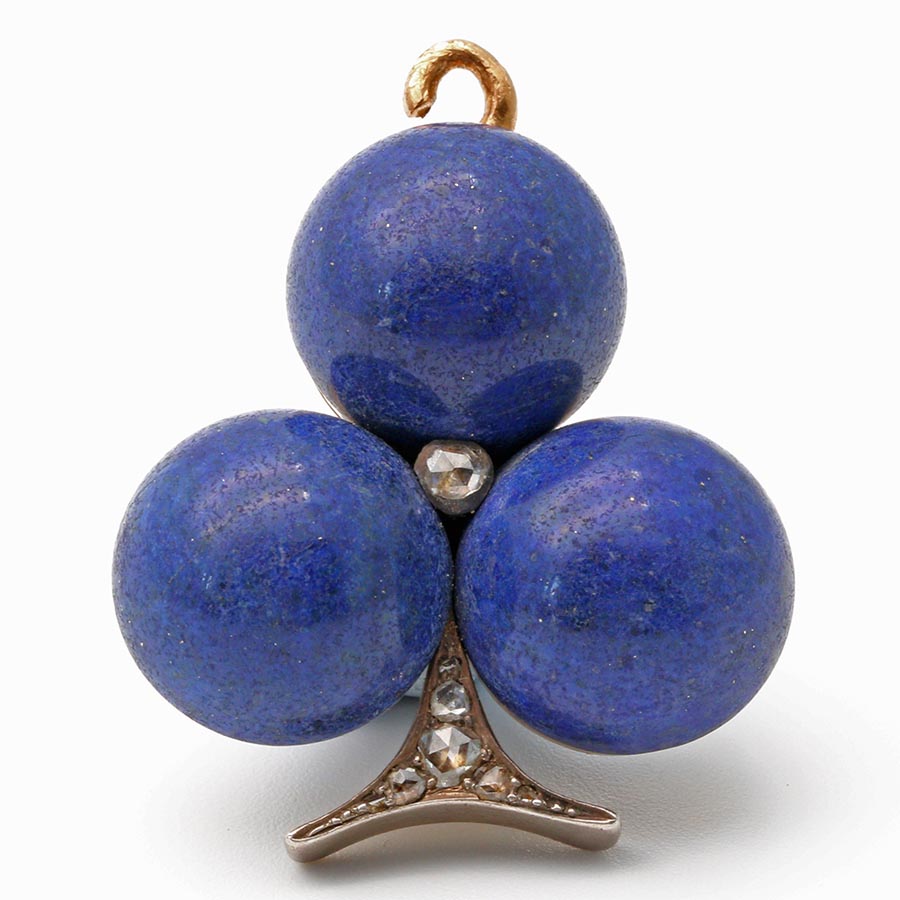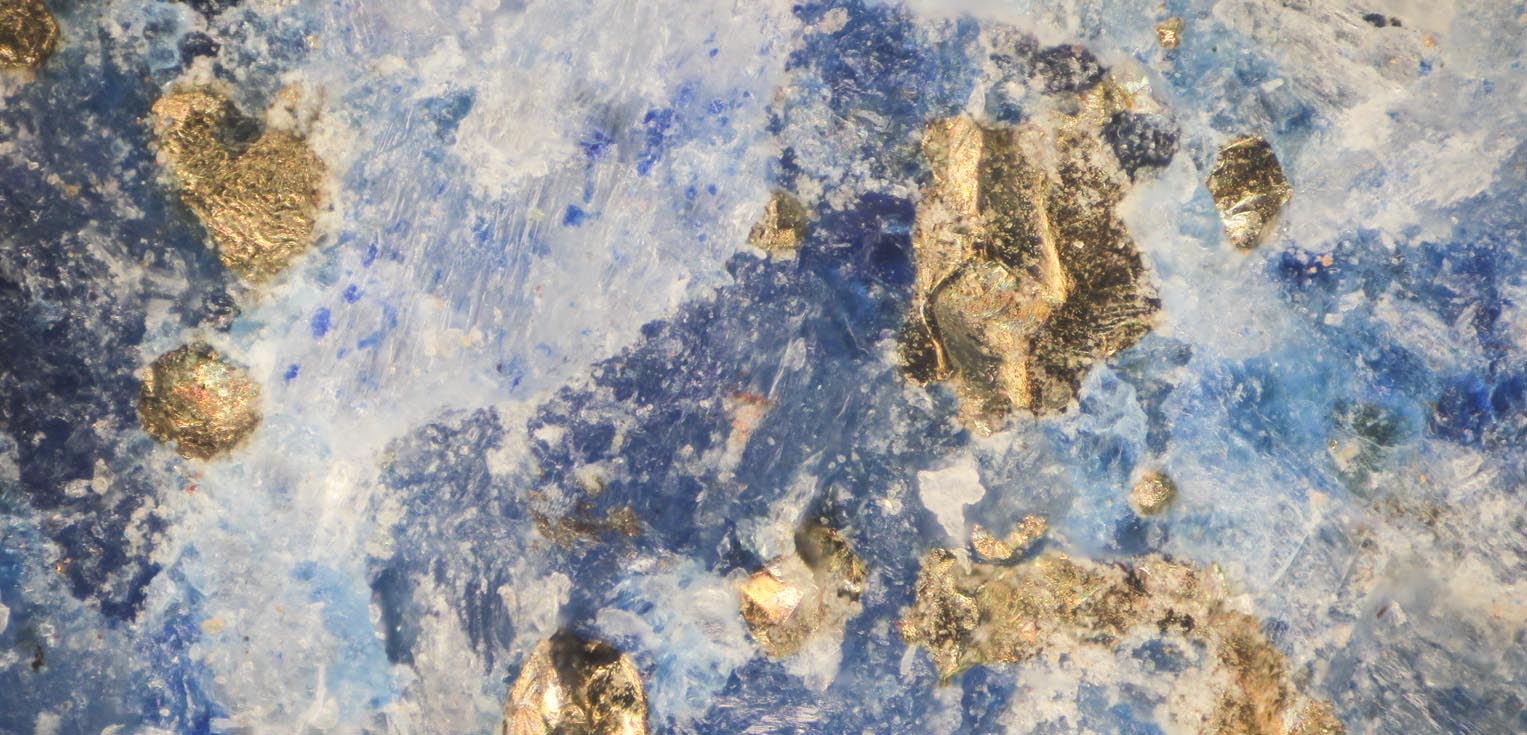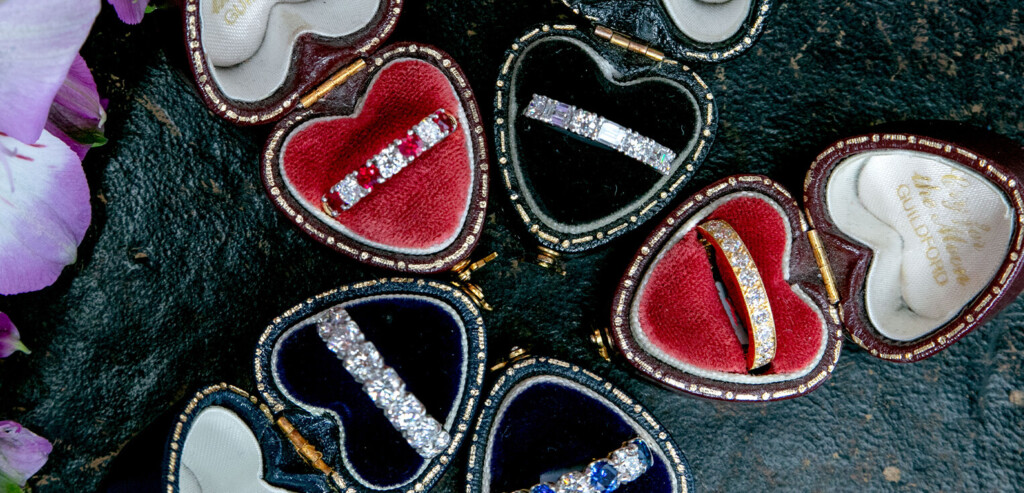Lapis Lazuli is a precious gemstone adored by many. It is well known for its stunning deep blue colour and has been included in jewellery items, art, pottery, manuscripts, sculptures and more since ancient times.
In this article, we will be discussing the rare beauty of Lapis Lazuli as well as its many healing benefits.
Origin of the Name Lapis Lazuli
Lapis Lazuli gets its name from the Latin word lapis which means ‘stone’ and the Persian word lazhuward which means ‘blue’.
There are countless references to Lapis Lazuli made throughout history. However, the stone was often mistakenly named a Sapphire, due to its brilliant blue. In fact, historical references frequently made in the Old Testament and other ancient texts describe the stone as ‘sapphire’, a common mistake that would only be cleared up many years later. Historians have since concluded that most historical mentions of sapphire-like stones with gold flecks are likely references to Lapis Lazuli.
When Was Lapis Lazuli First Discovered?
It is believed that Lapis Lazuli was first discovered during a mining expedition around 6,000 years ago in what we now know to be Afghanistan. The land of Afghanistan is well-known for its mountainous landscape and mining there some 6,000 years ago would have been especially dangerous. However this danger did not deter miners from mining in search of these beautiful blue stones. Afghanistan remains the place where the very finest Lapis Lazuli can be found today.
Where Does Lapis Lazuli Get Its Colour?
Lapis Lazuli is formed by a combination of minerals such as Lazurite, Calcite, Pyrite, and Sodalite. This combination creates a beautifully rich blue with gold flecks (known as pyrites). Lower grade Lapis Lazuli tends to have a lighter blue (even green) colouring with flecks that are more white in colour.
The more lazurite there is in the stone, the deeper the blue colour will be. The more pyrite in the stone, the greener the stone will be.
Mankind’s Love of Lapis Lazuli
The deep blue of the Lapis Lazuli gemstone has earned the love and admiration of mankind since as early as the 7th millennium BCE. As a human race, we have always been drawn to the colour blue.
According to Color Psychology, “Blue, a hue cherished and celebrated throughout the annals of history, carried a significant importance due to its rarity and the expense associated with its production. The ancient Egyptians and Romans revered this color, incorporating it into their clothing and artwork to reflect their social and cultural values.”
Included within the stone’s beautiful blue hue are flecks of heavenly gold that are synonymous with royalty. Many people believe the gold freckles within the stone’s deep blue stone resemble the night sky. This belief holds a lot of meaning as the sky is often symbolic of limitless possibilities, providing mankind with a sense of awe and wonder. So, as you can see, the unique colouring of the Lapis Lazuli has held significance to humans for thousands of years.

Johannes Vermeer used lapis lazuli paint, in the Girl with a Pearl Earring painting.
Lapis Lazuli Throughout History
Since its discovery through to its many uses today, Lapis Lazuli has been revered and utilised throughout history. What follows is a quick summary of its journey so far.
Lapis Lazuli in Ancient Times
Lapis Lazuli brought a particular beauty to the dry, sandy lands of ancient Egypt. The deep blue colour was particularly striking, standing in distinct contrast to their deserts. It was believed to symbolise the beautiful expanse of the wide open ocean and the far-reaching heavens. The gold flecks found within the stone were thought to symbolise the stars in the sky, symbolising the supernatural forces at work in the lives of the ancient Egyptians.
The Ancient Egyptians used Lapis Lazuli for things such as dying fabrics, making eye shadow pigment, and creating new medicines. The Ancient Egyptians were especially fond of carving their famous scarab beetle amulets from Lapis Lazuli and they even incorporated the gemstone into funeral masks for their most famous pharaohs.
In ancient Persia, Lapis Lazuli symbolised the great expanse of the starry night. It was a much coveted stone as it was believed to offer protection from the evil eye. As we continue into Greek and Roman times, Lapis Lazuli had a more ornamental use. It was often used in the creation of ornaments and sculptures, and was included in many jewellery pieces.
In Mediaeval times, Lapis Lazuli was believed to resemble the deep blue of the heavens and was thought to offer support and favour in times of need.
The Many Healing Benefits of Lapis Lazuli
Ever since its first discovery, Lapis Lazuli has been revered for its many healing properties. Here are just some of the healing benefits Lapis Lazuli is thought to provide:
Enhancing Intellectual Ability
Lapis Lazuli is celebrated for its ability to enhance a person’s intellectual ability. Whether you’re feeling sluggish and tired or you’re struggling to concentrate, Lapis Lazuli is believed to help clear your mind so that you can make good decisions that aid in your success.
Improves the Body’s Healing Abilities
Lapis Lazuli helps to strengthen the body by speeding up physical healing. It is thought to do this by increasing circulation and improving the body’s cardiac rhythm. This means you heal faster after an accident or surgery and can return to your normal activities sooner as a result.
Relieves Symptoms of Infection
Since ancient times, Lapis Lazuli has been used to relieve symptoms of infection, providing much-needed relief from infections, a multitude of skin problems, and insect bites.
Removes Pain
Lapis Lazuli supports the nervous system, reducing pain in the body. It is thought to be especially beneficial against migraines and headaches. A person should either wear the stone on their body or press it gently to the area where they’re feeling pain.
Of course, there are many different benefits of Lapis Lazuli and it has been used for its numerous healing properties for thousands of years.

Lapis Lazuli and Its Uses Today
Lapis Lazuli continues to be a popular jewellery choice today and is also incorporated into watches and other luxury wearable items.
In addition to its use in jewellery, Lapis Lazuli is often included in modern home decor with the stone being included in decorative pieces such as vases, photo frames, figurines, statues, and more.
Buy Lapis Lazuli
Lapis Lazuli is one of the most vibrant blue gemstones in the world. We hope this article has highlighted just how important this stone has been to so many civilisations throughout history. It is remarkable.
If you want to incorporate this beautiful stone into your life, purchasing it within a piece of jewellery is one of the best ways to receive all of the benefits throughout the day. Shop for Lapis Lazuli jewellery in our shop today and discover the many benefits of this stone for yourself.
Image sources:
By Hannes Grobe – CC BY-SA 2.5, Creative Commons
By Dimitri BECUE – CC BY-SA 4.0, Creative Commons
By Charles J. Sharp – CC BY-SA 4.0, Creative Commons
By Johannes Vermeer – Johannes Vermeer, Creative Commons





